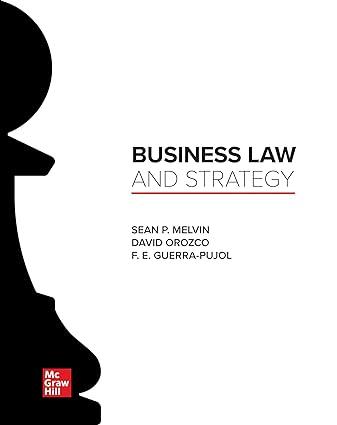The Internal Revenue Service (IRS) proposed a rule concerning the allocation of membership dues paid to nonprofit
Question:
The Internal Revenue Service (IRS) proposed a rule concerning the allocation of membership dues paid to nonprofit organizations under which certain nondues revenue was to be treated as taxable revenue. According to the proposed rule, the IRS intended to determine tax liability from this revenue using a seven-factor test. After the comment period, the IRS replaced the seven-factor test with a new allocation method that the IRS considered to be more fair and consistent. The new method carved down the factors used in the original rule, and a new three-factor test was published as a final rule without any additional comment period.
The American Medical Association (AMA) is a nonprofit corporation that charges its members dues that cover a variety of services. The AMA also publishes several journals from which the AMA derives revenue. Under the IRS’s three-factor test for allocation, the AMA’s tax liability increased significantly. After the IRS assessed the AMA’s tax liability under the three factor test, the AMA brought a lawsuit claiming that the new three-factor allocation regulation was invalid because the IRS had never given the proper public notice required by the APA when the agency departed from its original seven-factor test.
CASE QUESTIONS
1. Is the new test a logical outgrowth of the original test? Why or why not?
2. How could the IRS have avoided a successful challenge to this new rule?
Step by Step Answer:

Business Law And Strategy
ISBN: 9780077614683
1st Edition
Authors: Sean Melvin, David Orozco, F E Guerra Pujol





